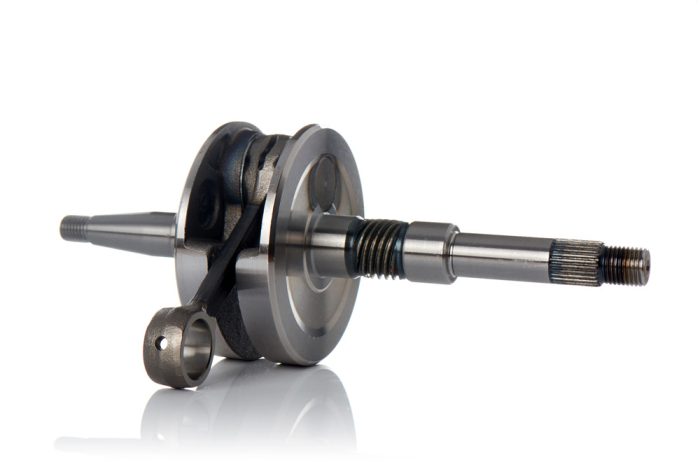Thread plug gages are crucial for verifying the functionality of threaded holes in industrial operations. They measure the pitch diameter and ensure the accuracy of internal threads. The different thread plug classes offer varying tolerances, each designed to serve specific needs in manufacturing processes. Understanding the differences between these classes is vital for selecting the right gage for each application.
The Importance of Thread Plug Gages
Thread plug gages are simple but effective tools for checking tapped holes in various components. They are typically used for quality control in mass production, verifying that threaded parts are within specifications. Without proper measurement tools, manufacturers risk producing parts that are difficult or impossible to assemble. Thread plug gages also help maintain the consistency and reliability of threaded parts, which are essential in many industries, including automotive, aerospace, and military.
Classifications of Thread Plug Gages
Thread plug gages are divided into several categories, each with a different tolerance range. The most common types are Class 1A, Class 2A, Class 2B, and Class 3A.
Class 1A: This class has the greatest range of tolerance. It is used when flexibility is required in thread manufacturing, allowing for slight variations in the thread design. This is typically used in less censorious applications.
Classes 2A and 2B: These are the most common thread plug gages. They are used in general manufacturing processes and can accommodate standard tolerance ranges. Class 2A is often used for external threads, while Class 2B is typically used for internal threads.
Class 3A: This class has the tightest tolerance, making it ideal for applications that require high precision, such as safety-evaluative industries like aerospace or automotive. Class 3A gages ensure that threaded parts fit exacting standards and perform reliably under extreme conditions.
Understanding GO/NO-GO Measurements
GO/NO-GO thread gages are designed to give a simple pass/fail measurement. A GO reading indicates that the threaded hole meets the required specifications, while a NO-GO reading means the hole does not. These measurements help verify that the threads are neither too tight nor too loose, which could lead to assembly issues or mechanical failure.
Selecting the Right Thread Plug Gage
Choosing the right thread plug gage depends on the application’s precision requirements. While Class 1A gages offer flexibility, they are not suitable for applications requiring high strength or precision. Class 3A gages are necessary for evaluative applications, such as military or aerospace. Using the correct class is essential to avoid unnecessary errors and verify that threaded parts fit together correctly.
How Willrich Precision Instrument Can Help
At Willrich Precision Instrument, we specialize in high-quality thread plug gages with a wide range of tolerance options. With over 50 years of expertise in industrial metrology, we are committed to delivering reliable, accurate, and cost-effective measurement solutions. Whether you need custom gages or calibration services, our team is ready to help you ensure the highest standards of precision in your operations.





